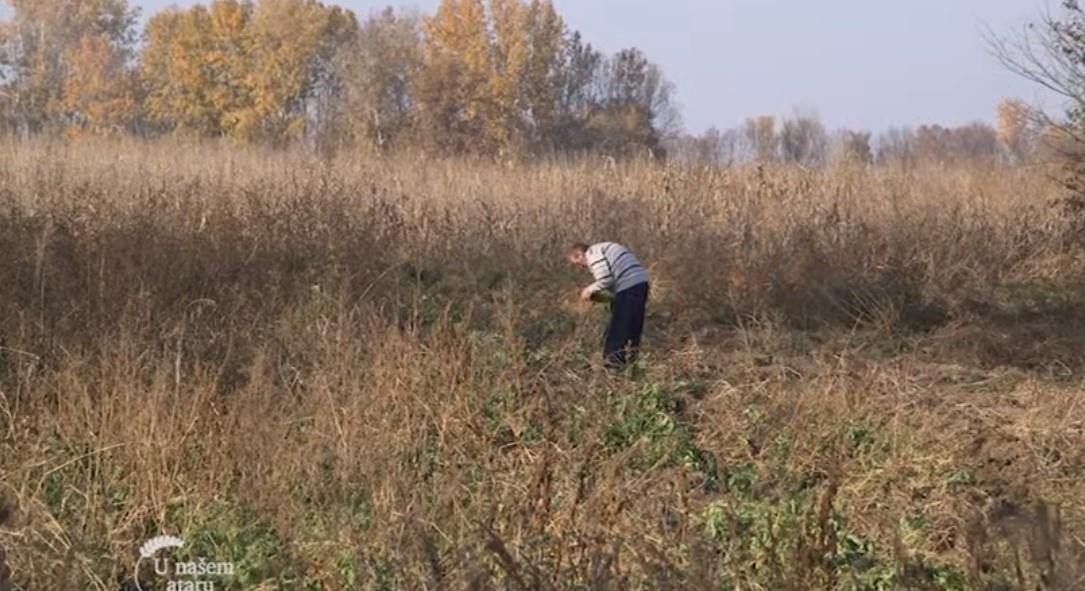The Medicinal Plant Gold Rush in Serbia: Marshmallow and Calendula Take Over Farmers!
Did you know that a kilogram of cleaned marshmallow root can fetch a staggering 1,200 dinars? Yes, you read that right! This medicinal plant is becoming a star among Serbian cooperatives, with its popularity growing every day. But it’s not just marshmallow in the game – a kilogram of dried calendula flowers last season was bought for 800 dinars, while producers of vranilova herb and parsley also enjoyed solid earnings.
Why is growing marshmallow so profitable?
Zoran Ilić, director of a cooperative from Gadžin Han, reveals that marshmallow is the most demanding plant to grow in our climate but also the one that brings the highest profit. Although it requires significant investments – fertilization and two treatments with protective agents, costing about 20,000 dinars for 10 ares – the price per kilogram justifies every dinar spent. However, it’s not all easy: marshmallow requires manual cleaning, which is the hardest part of processing.
Calendula – the king of easier but still lucrative work
Calendula, although bringing slightly less profit, is still highly sought after. For 10 ares under calendula, producers can earn about 50,000 dinars, with investments around 15,000 dinars. Harvesting calendula is physically demanding and is done during the hottest part of the day, between 9 am and 4 pm, every two to three days, until the first frosts in June.
Tough years for medicinal plant producers
The last two years have not been kind to producers. The pandemic reduced plantations, and last year’s drought halved yields – yields were 40% lower compared to the previous year. Despite this, cooperatives from Zaplanje, Gadžin Han, Dimitrovgrad, Medveđa, Aranđelovac, Vranje, Jagodina, Zaječar, and Niš are not giving up.
How to get into this business?
To engage in medicinal plant cultivation, a registered agricultural farm is necessary, and all transactions must go through accounts. Organic production is not mandatory, but it is important that producers undergo education and have experience in soil cultivation.
Conclusion: Medicinal plants as an opportunity for Serbian farmers
In a world where food and raw material prices change daily, growing medicinal plants in Serbia proves to be a profitable and promising business. Marshmallow and calendula are not just plants – they are an opportunity for a better future for Serbian villages and cooperatives. If you have ever thought about entering the agricultural business, maybe it’s time to turn to these golden plants.
So, dear readers, what do you think? Is medicinal plant cultivation the next big hit in Serbian agriculture or just a passing trend? Drop a comment, share your thoughts, or tell us a story from the fields – let’s see who’s the real expert in this green game!















